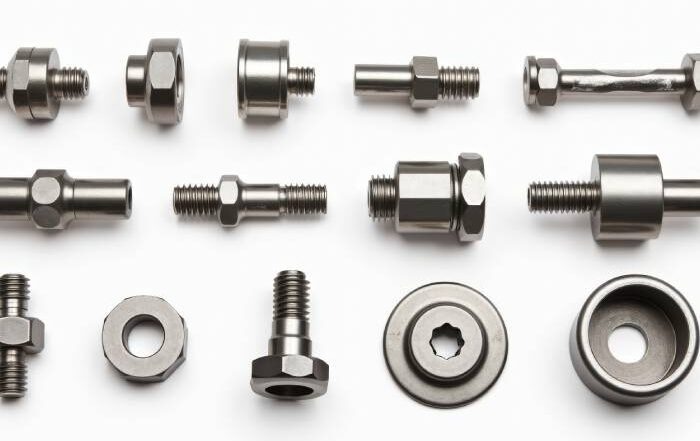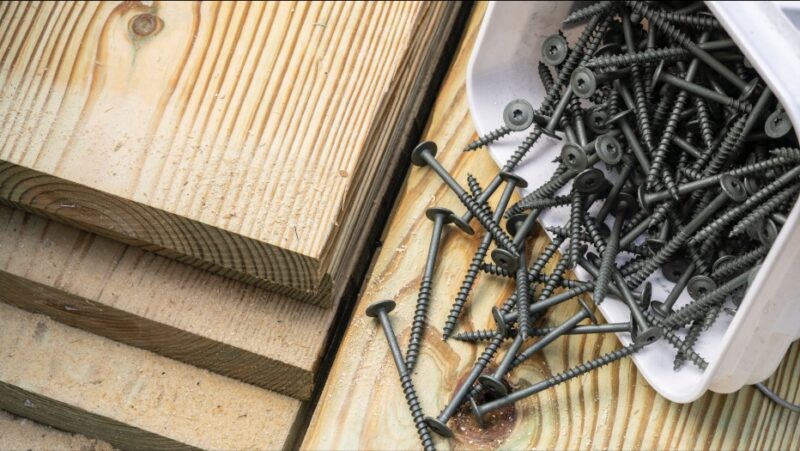Whether you’re managing a major commercial build or a residential renovation, choosing the right fixings is fundamental to the integrity and longevity of any structure.
From anchoring heavy loads to ensuring lightweight materials stay secure, high-quality fixings are a cornerstone of safe and efficient construction.
The failure of a single fixing can compromise an entire system, leading to costly repairs or even serious safety incidents. In an industry where precision matters, this is not a risk worth taking.
Choosing the Right Solution for the Job

Different materials and environments require different approaches. For example, working with concrete demands robust mechanical anchors or chemical solutions, while timber installations often benefit from high-performance screws specifically designed for wood substrates.
It’s crucial to select fixings that match the load-bearing requirements and environmental conditions of your project.
Factors such as humidity, seismic activity, and thermal expansion must all be taken into account to ensure long-term durability.
Corrosion resistance is another key consideration, especially for outdoor or marine installations where exposure to moisture and salt can quickly degrade inferior materials.
Innovation Driving Construction Efficiency

Advancements in fixing technology have significantly improved installation times, load capacities, and long-term performance.
New-generation chipboard screws, advanced resin anchors, and modular channel systems are just a few examples of how the industry is evolving to meet modern construction needs.
These innovations help professionals streamline workflows without compromising on safety or reliability.
Smart fixings with integrated sensors are also emerging, allowing real-time monitoring of structural stress and load distribution—an exciting frontier for smart building design and predictive maintenance strategies.
Support and Training Matter
Equally important as the products themselves is the support available to installers and engineers.
Many manufacturers now offer technical guidance, on-site testing, and even software tools to assist with specification and design.
Training and accreditation, such as CPD-certified courses, further empower users to make informed, compliant decisions.
The availability of digital configurators and BIM-compatible resources helps integrate fixing selection into broader design processes, supporting more cohesive and efficient project planning.
Sourcing Trusted Fixings and Anchors

When it comes to sourcing trusted fixing solutions, it’s worth partnering with providers that not only supply reliable products but also back them with expert knowledge and practical support.
Companies like fischer are known for offering a wide array of certified systems, helping construction professionals maintain high standards across diverse applications.
Moreover, many suppliers are now aligning with green building certifications, offering products that meet LEED or BREEAM sustainability standards.
This is increasingly important as the industry shifts toward more environmentally responsible practices.
In a sector where precision and safety are paramount, using dependable fixings isn’t just recommended, it’s essential.
Selecting the right tools and suppliers can make all the difference in ensuring your projects are built to last—efficiently, safely, and sustainably.


